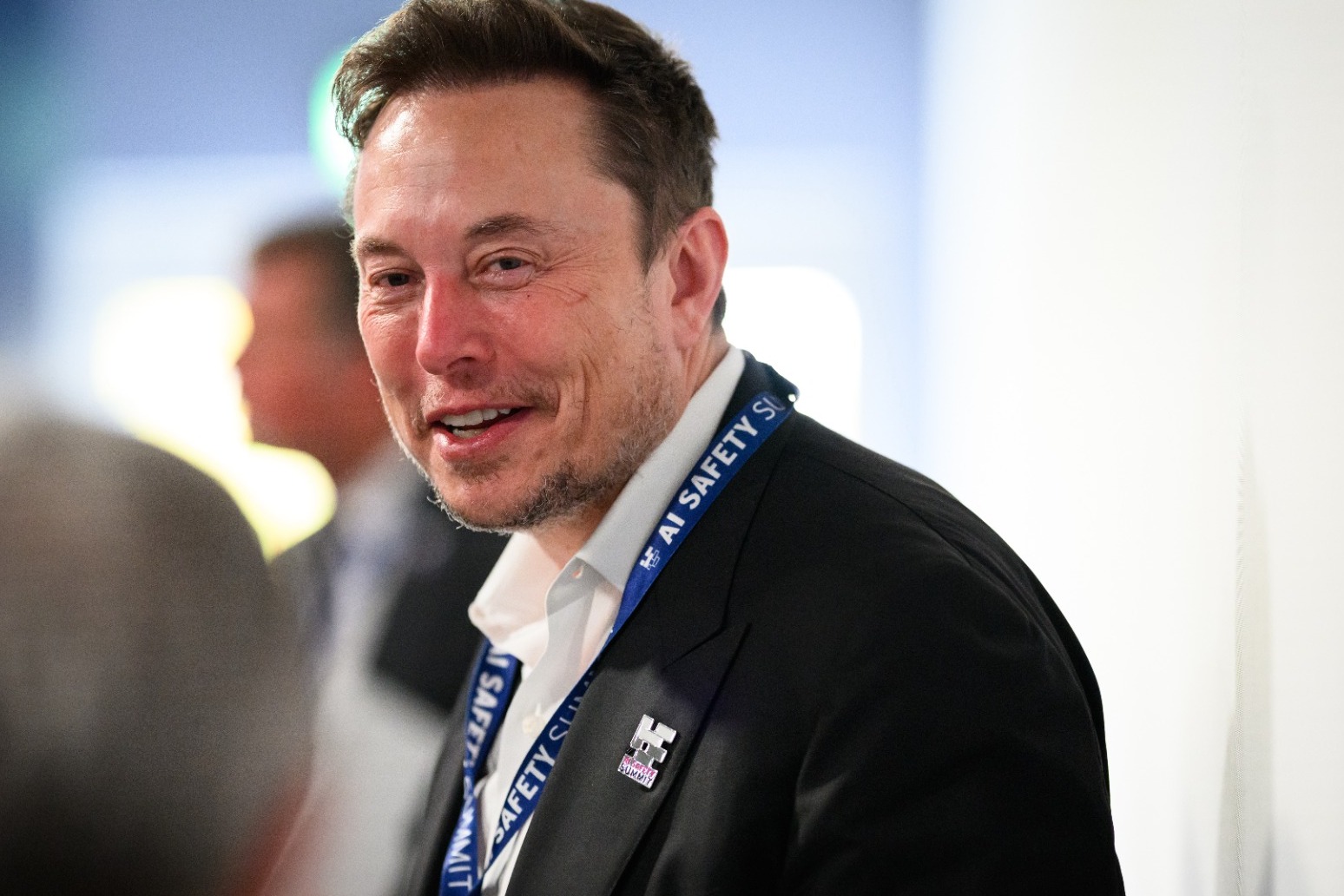-
 play_arrow
play_arrow
Kl 1 Radio Local radio for west Norfolk
-
 play_arrow
play_arrow
KL DISCO KL Disco Playing Disco Music from the 70's onwards.24/7
-
 play_arrow
play_arrow
KL COUNTRY KL COUNTRY Playing New and Classic Country Music 24/7
-
 play_arrow
play_arrow
KL ROX KL ROX The best of New and Classic Rock.24/7
-
 play_arrow
play_arrow
KL SUMMER Summer Vibes 24/7 from KL1 Radio across West Norfolk
-
 play_arrow
play_arrow
KL CLASSICAL Your Symphony Starts Here
-
 play_arrow
play_arrow
KL CHILL Just Chill!
-
 play_arrow
play_arrow
KL POP The Best POP Hits all day Long!
-
 play_arrow
play_arrow
KL XTRA KL XTRA
music_note

SpaceX has launched its enormous Starship rocket on its boldest test flight yet, catching the returning booster back at the pad with mechanical arms.
Towering almost 400 feet, the empty Starship blasted off at sunrise from the southern tip of Texas near the Mexican border.
It arced over the Gulf of Mexico like the four Starships before it that ended up being destroyed, either soon after lift-off or while ditching into the sea.
The last one in June was the most successful yet, completing its flight without exploding.
This time, SpaceX founder and chief executive Elon Musk upped the challenge and risk.
The company brought the first-stage booster back to land at the pad from which it had soared seven minutes earlier. The launch tower sported monstrous metal arms, dubbed chopsticks, that caught the descending 232-ft booster.
“The tower has caught the rocket!!” Mr Musk said via X.
Company employees screamed in joy as the booster slowly lowered itself into the launch tower’s arms.
“Even in this day and age, what we just saw is magic,” SpaceX’s Dan Huot observed from near the launch site. “I am shaking right now.”
“This is a day for the engineering history books,” added SpaceX’s Kate Tice, from SpaceX headquarters in Hawthorne, California.
It was up to the flight director to decide, in real time with a manual control, whether to attempt the landing.
SpaceX said both the booster and launch tower had to be in a good, stable condition. Otherwise, it was going to end up in the gulf like the previous ones. Everything was judged to be ready for the catch.
Once free of the booster, the retro-looking stainless steel spacecraft on top continued around the world, targeting a controlled splashdown in the Indian Ocean.
The June flight came up short at the end after pieces came off. SpaceX upgraded the software and reworked the heat shield, improving the thermal tiles.
SpaceX has been recovering the first-stage boosters of its smaller Falcon 9 rockets for nine years, after delivering satellites and crews to orbit from Florida or California. But they land on floating ocean platforms or on concrete slabs several miles from their launch pads – not on them.
Recycling Falcon boosters has sped up the launch rate and saved SpaceX millions.
Mr Musk intends to do the same for Starship, the biggest and most powerful rocket ever built with 33 methane-fuel engines on the booster alone.
Nasa has ordered two Starships to land astronauts on the moon later this decade.
SpaceX intends to use Starship to send people and supplies to the moon and, eventually, Mars.
Published: by Radio NewsHub

Similar posts
-

Upcoming shows

Night Trax
12:00 am - 7:00 am

Paul Baker – KL1 Breakfast
7:00 am - 10:00 am

Chris Fisher – KL1 Mornings
10:00 am - 1:00 pm

Ian Campfield – KL1 Afternoons
1:00 pm - 4:00 pm

Richard Dix – KL1 Drive
4:00 pm - 7:00 pm
-

US vice president JD Vance meets Pope Francis on Easter Sunday

Arsenal crush 10 man Ipswich to delay Liverpools Premier League title party

A dry and pleasant Easter Sunday for much of the UK will be followed by rain

Husband watched in horror as van killed wife on golf course after police chase

The Childrens Commissioner says parents should stop trying to be their childs friend over phone usage
Message Us
Copyright The Mediasite UK - 2025


